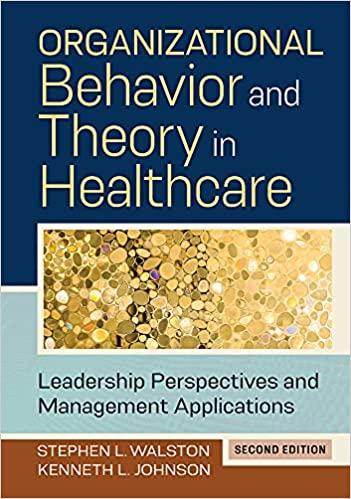What should we use as the primary criteria for determining how to distribute livers and other vital
Question:
What should we use as the primary criteria for determining how to distribute livers and other vital organs?
In the United States, organ transplants, including liver transplants, are coordinated by a not-for-profit organization called the United Network for Organ Sharing. Given that donated organs have a limited time frame of viability, the United States is divided into 11 geographic areas for liverdonation purposes. Within these regions, patients receive donated livers in order of need. However, there is a wide disparity in donated livers across these 11 regions. For example, in region 9, which includes New York, 327 livers were donated in 2016; whereas in region 3, which included the Deep South and Puerto Rico, 1,336 livers were donated. This disparity is due to many factors, including prevalent causes of death in each region; some causes, such as heart attack, usually leave livers intact, whereas others, such as liver disease, do not. In region 3, for instance, strokes are a frequent cause of death, leading to many more viable livers for donation.
A 2020 policy change approved by the Organ Procurement and Transplantation Network will work to mitigate this geographic disparity.
Regardless of membership in a transplant region, someone in need will be first eligible for any livers that become available within 150 nautical miles of the hospital where the transplant would occur. According to reporting in the Washington Post soon after this policy was first announced, the change “will make more livers available in some places—including cities such as New York and Chicago—where the shortage is more severe than it is in regions such as the southeastern United States” (Bernstein 2017). Many view this change as an acceptable improvement in addressing disparities, but not totally satisfying—
partly because this would not entirely eliminate those disparities, but also because it does not address one of its key causes, which is the difference in rates of organ donation in different communities.
Step by Step Answer:

Organizational Behavior And Theory In Healthcare Leadership Perspectives And Management Applications
ISBN: 9781640553026
2nd Edition
Authors: Kenneth L. Johnson, Stephen L. Walston





